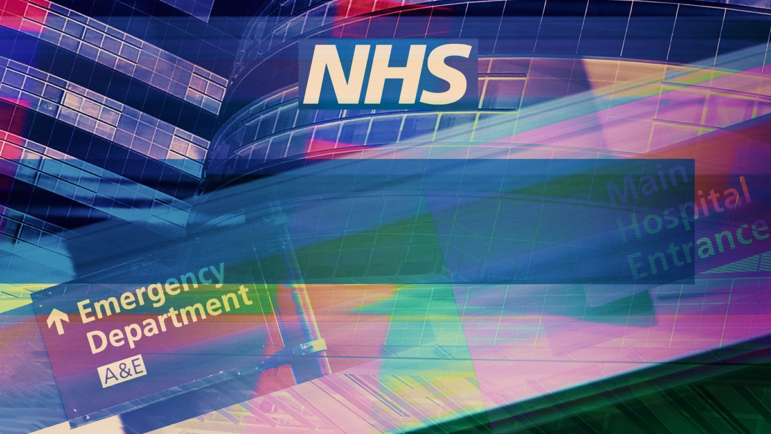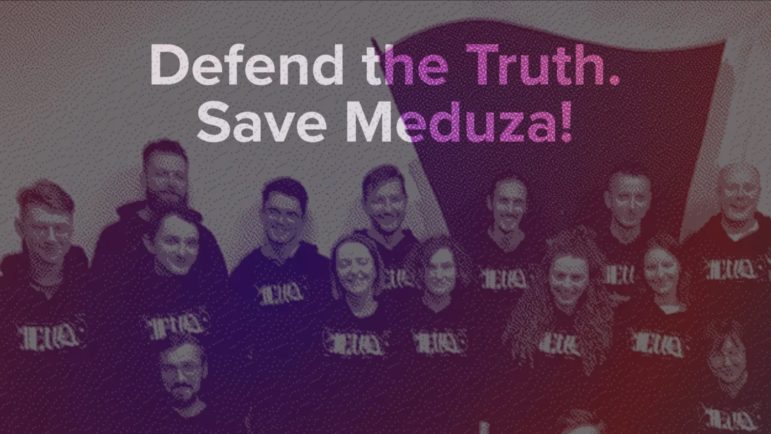

Image: Hyemin Lee/Creative Commons
A Reporter Crowdsourced ER Bills, and Now Doctors Are Listening
Doesn’t sorting through dozens, hundreds, thousands of hospital bills sound fun — especially when they’re not even your own? If your definition of fun is journalism, then yes.
Over a year and a half, then-Vox senior editor Sarah Kliff (she joined The New York Times as an investigative reporter in June) went through 1,000-plus bills from hospitals and emergency rooms. Unsurprisingly, this wasn’t a simple process (ever heard of HIPAA?) [HIPAA is the US Health Insurance Portability and Accountability Act, which protects patient privacy.] She and Vox built a system for patients to submit their own bills to their database and ended up collecting bills from each state and the District of Columbia. Kliff wrote 20 articles about the emergency department costs and increases. And last week, she did something remarkable: She published a piece for the Journal of the American Medical Association (JAMA) Internal Medicine about it, a clip not many working journalists can claim:
“We felt it would be in the public interest to give patients greater access to those prices. But we realized the only way to get the data would be from patients themselves. So we built an online portal that would allow readers to submit their billing documents and a narrative description of what happened during their visit, and the financial consequence, if any, the visit had on their lives…
“One of the most common problems we documented was surprise medical bills: instances where a patient went to an in-network hospital but received care from an out-of-network clinician. Between 2010 and 2016, the percentage of in-network emergency department visits with an out-of-network bill increased to about 43%, and the average potential financial responsibility increased to $628, in 2018 US dollars, according to a study in this issue of JAMA Internal Medicine. In my reporting, I was able to see how these bills came about and what effects they had on patients’ lives…
“After I reported on that billing practice, Zuckerberg San Francisco General in 2019 changed its policies and put new limits on what it would charge patients. The hospital will no longer engage in a practice called “balance billing,” where the hospital sends the patient a bill for the balance that an insurer will not pay. The hospital has also limited how much it will charge patients for emergency care, with a maximum bill of $4,800…
“Between 2017 and 2019, I wrote approximately 20 articles for Vox on the high cost of emergency department care and its effects on patients. This series has led to the cancellation of more than $60,000 in medical debt. It has also inspired legislative proposals to better protect patients from surprise medical bills for emergency department and other health care services…
“If Congress and state legislatures act, surprise medical bills for emergency department and other medical care can become a thing of the past.”
It’s not too common to see an article in JAMA Internal Medicine or other elite academic journals where the author’s educational credentials list only a BA where you’d normally expect a lot more letters. Of the 11 other articles JAMA Internal Medicine has posted online so far this month, the authors collectively list 49 MDs, 12 PhDs, six MPHs, two JDs, one MBA, one EdD, 16 other master’s degrees — and three bachelor’s.
She even got the honorific “the great” in a JAMA Internal Medicine tweet:
(Kliff also walked through this process and findings in a Vox piece that is not behind an academic journal wall.)
Her piece in the journal accompanies research by four professors on the practice of out-of-network emergency department billing. It’s an attempt to fix the fact that “although surprise medical bills are receiving considerable attention from lawmakers and the news media, to date there has been little systematic study of the incidence and financial consequences of out-of-network billing,” the authors wrote. They back up her results from the crowdsourced bills with an analysis of 18 million hospital admissions from a private database — the kind of scale that even the most ambitious crowdsourcing would be unlikely to match.
Here’s their key finding: “It appears that out-of-network billing is becoming more common and potentially more costly in both the emergency department and inpatient settings”:
“In this analysis of 5,457,981 inpatient admissions and 13,579,006 emergency department admissions between 2010 and 2016 in a large national sample of privately insured patients, the incidence of out-of-network billing increased from 32.3% to 42.8% of emergency department visits, and the mean potential liability to patients increased from $220 to $628. For inpatient admissions, the incidence of out-of-network billing increased from 26.3% to 42.0%, and the mean potential liability to patients increased from $804 to $2,040.”
After getting more than $100,000 in patient medical debt cancelled through her reporting, Kliff is continuing this work at The New York Times. She’s now seeking patient experiences from people who have ridden in an ambulance, which she says are twice as likely to be out of network than emergency room doctors. (No bill submission required this time, though.)
This article first appeared in NiemanLab and is reproduced here with permission.
 Christine Schmidt is a staff writer at NiemanLab after having served as its 2017 Google News Lab Fellow. She’s worked previously at The Dallas Morning News, NBC4 in Los Angeles, the Hartford Courant, and a short stint at Snapchat.
Christine Schmidt is a staff writer at NiemanLab after having served as its 2017 Google News Lab Fellow. She’s worked previously at The Dallas Morning News, NBC4 in Los Angeles, the Hartford Courant, and a short stint at Snapchat.









